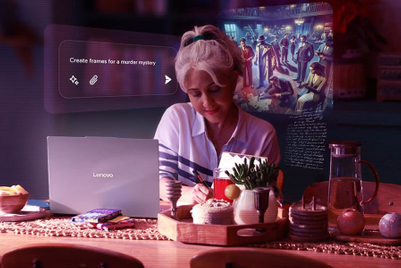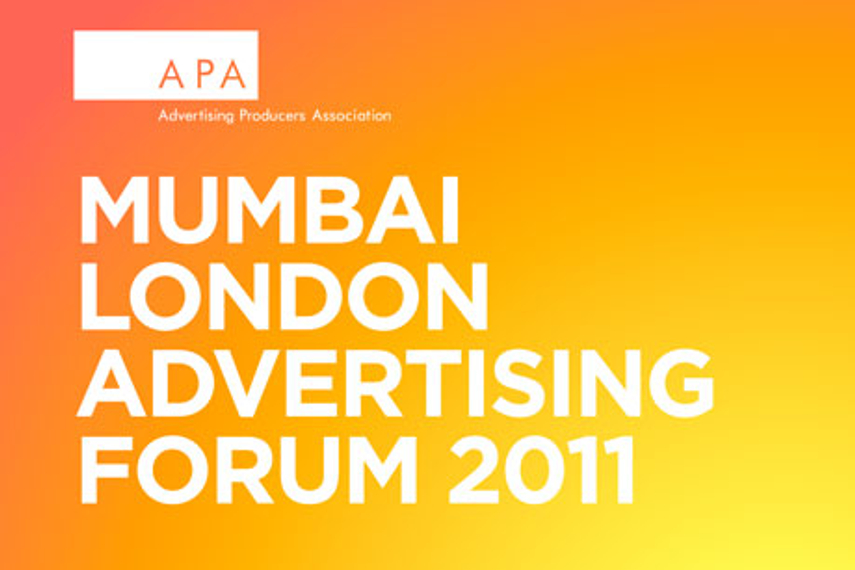
The first day of Mumbai London Advertising Forum (MLAF) 2011 saw a confluence of UK production houses and creative directors from Indian advertising industry in one room at Blue Frog. The representatives of Indian advertising industry entailed the essence of how advertising works in our country and what would be the possible challenges UK production houses might have to face if they collaborate with them to produce work for the Indian market. On the same dais, UK production houses explained why they are eager to explore opportunities to work in the Indian market and what is it that they can offer in terms of their expertise.
The session took off with Roopak Saluja, co-founder and managing director, Bang Bang Films and Jack in the Box Worldwide, who touched upon a few traits peculiar to Indian mainland. These traits, which he referred to as 'Indianisms' shed some light on how an Indian consumer has been consuming advertising. He mentioned how bollywood and cricket are the two major vehicles of Indian advertising and using celebrity in commercials is a common phenomena. He then moved onto explaining how the industry has evolved in terms of internationlisation since 2005. He said, "In 2005, the market was heavily dominated by directors more than producers. There was a lot more Prima Donna-ism in the market. But all that is changing now." Saluja added that post production activities are being undertaken in collaboration with international production houses for quite some time. He shared his belief that advertising is a combination of art and commerce and that art benefits from external influence and commerce benefits from healthy competition. Hence, Indian advertising industry should look at collaborating with international directors and production houses.
Next, Subhash Kamath, managing partner, BBH India, spoke about what makes India special. He covered the diversities of the young country and added that the country is grappled with issues like crumbling infrastructure which makes it a country with 'first world' ambition that's constantly fighting with the 'third world' reality. After showing the audience his favourite of the lot of popular Indian ads (like Coca-Cola's 'Paanch' commercial, Happydent White commercial, Nike - Just Play It, ZooZoos et al) to give them a sense of what works well with the Indian consumer, he suggested on what UK production houses could bring to the table. He said, "We started off with category codes in advertising but a large part of that has now turned into category cliches. Perhaps London could add some value to change that sea of sameness across a few categories mired with cliches. The directors can also add value on where the script has to go." Kamath stressed upon the symbiotic connection that exists between a creative from the agency and the director in our country and how it'll only help if the international directors could adapt to that part of Indian working culture. Lastly, he stated that the way Indian economy is galloping, every brand needs to go on air in lesser time and with controlled costs and that international directors and production houses will have to deal with this one significant requirement of Indian brands.
After learning about what makes India special, it was time to know the what makes London special, through a session by Tim Katz, managing director, Knucklehead (a London based production company). Katz admitted the challenges in collaborating with the Indian advertising industry considering they don't understand the language and the nuances of the country but added that London is a center of excellence and all they need to do is find the right way in which Indian can access that. He said, "Advertising is consumed differently in every market, be it Japan, Russia or India. In fact, with all the logistical difficulties our market faced, it has also undergone a sea change but we have learnt to adapt to that change." He added that commercial production is a global industry now and it is globally interdependent as well. Post production houses do their jobs from miles away and hence geographical challenges are not a concern anymore. He further added that the increasing internationalisation of the Indian advertising industry makes all the more sense for them to collaborate with us for work.
Before one knew, it was time for lunch. Post lunch, Rajeev Raja, national creative director, DDB Mudra, enlivened the dais with some music lest everyone would fall asleep before he began the session. He covered several aspects of the unchanging India which would perhaps help UK production houses in having a better understanding of Indian advertising market. The aspects he touched with the aid of popular TVCs from the genre were, emotion, humour, music, social change, pathos, cricket and bollywood. Then he spoke about a few aspects of UK's work culture which would work well if they remained unchanged. These were, their approach to work, sensibilities, natural instinct for process and executional finesse. He concluded on a musical note indeed and said, "Jam, have fun and create a whole new song."
Then , Luke Beauchamp, managing director, Compendium (production agency specialising in 3D), addressed the audience and demonstrated with the help of exemplary TVCs made by UK production houses to state that London can actually handle varied budgets to fight the constant battle between creative solutions and financial constraints. He stressed that London can offer India a tight-knit unit of creative production companies, and a huge range of talented directors coupled with the right budget for an idea.
Karan Singh, head, TV, JWT, who has recently taken up a senior role at JWT Delhi after having worked for a long time in JWT London, suggested, "Sell your directors instead of production houses because the director's fee in India is almost at par with that in UK but we may not be able to always bear the cost of having your production houses work with us here."
Pat Burns, executive creative director, BMB India, is an example of how a creative from UK makes a shift to India, adapts to its culture or at least attempts to do so. Burns highlighted that there's a huge opportunity for digital to grow in India and UK can offer its expertise in that segment.
Towards the end of the day, Damiano Vukotic, head of sales and strategy, RSA Films and Esther Raphael, senior producer, Across the Pond, shared some campaigns that weren't essentially TV commercial driven and yet quite successful.
Lastly, Mahesh Patira, partner, Mahesh Patira & Co. shed some light on how to deal with international and direct taxation related issues that were integral for the two countries to work together.


.jpg&h=334&w=500&q=100&v=20250320&c=1)
.jpg&h=334&w=500&q=100&v=20250320&c=1)


.jpg&h=334&w=500&q=100&v=20250320&c=1)


.jpg&h=334&w=500&q=100&v=20250320&c=1)

.jpg&h=334&w=500&q=100&v=20250320&c=1)

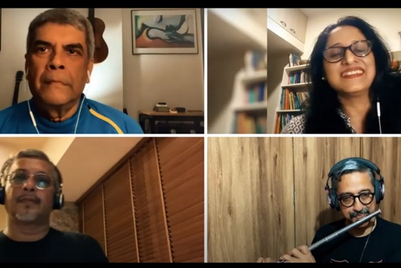
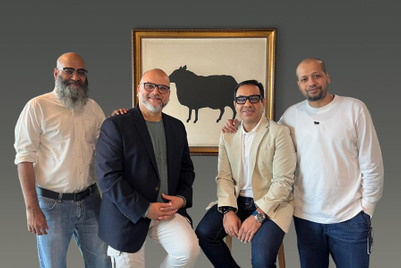
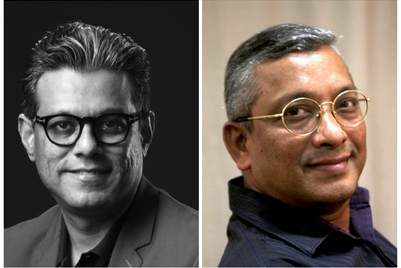
.jpg&h=268&w=401&q=100&v=20250320&c=1)

.jpg&h=268&w=401&q=100&v=20250320&c=1)
